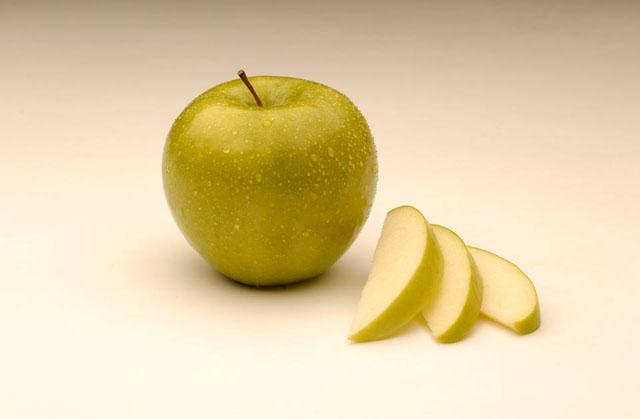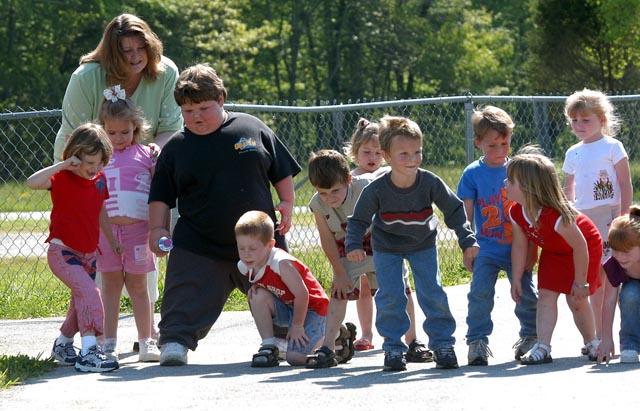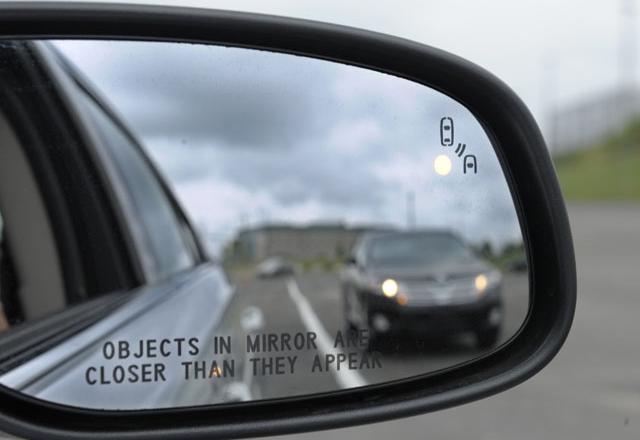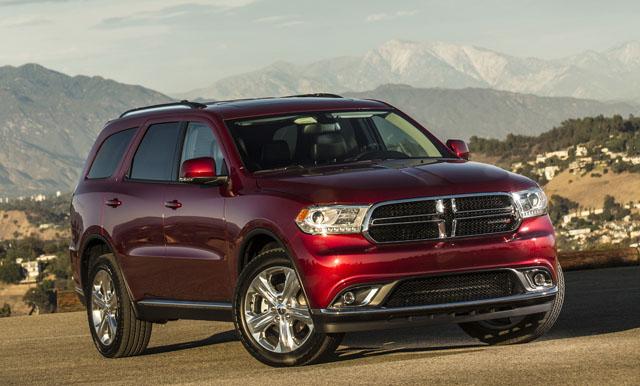SAN FRANCISCO — Sixteen-year-old Owen Fairchild doesn’t hang out at Facebook as much as he did when he was just a kid.
It is not that he and his friends are abandoning the social network. They are spreading their love to rival networks like Twitter, Pinterest, SnapChat, Instagram and blogging platform Tumblr.
“I’ve moved on,” the teenager said.
“I go to Tumblr a lot more; there is a lot of funny stuff. SnapChat is super-fun because you can send really unattractive pictures of yourself and they will delete after a few seconds.”
Contrary to what grownups might think, teens sometimes prefer to catch up on life face-to-face in the real world, he added.
“I think Facebook is still very popular even though some people might be losing interest,” said the 11th-grade student at Alameda Community Learning Centre, a charter school in Alameda across the bay from San Francisco.
“There is no talk among my friends saying Facebook is for old people.”
Facebook, born on a college campus a decade ago, has grown to 1.23 billion active users worldwide.
But as it prepares to celebrate its 10th anniversary, Facebook is now facing challenges in keeping its original base of young users as new social networks vie to be the coolest on the Internet.
A social networking trend set in motion by Facebook has been accelerated by soaring popularity of smartphones that let people share images, videos, thoughts or observations at any moment.
Hot young services such as Pinterest, Twitter and SnapChat have sparked concerns that Facebook is losing teens and may follow predecessor MySpace into social networking obscurity.
Facebook’s demographics appear to be shifting as adults, even seniors, use the network to catch up with long-lost friends and stay connected to family and colleagues.
Princeton University student Susannah Sharpless said she and friends have stopped letting Facebook consume their lives.
“Everyone in my friend group went through this stage where we hated Facebook and deleted it,” Sharpless told AFP.
“I was one of the first people to get it back. Slowly, everyone did.”
Breaking from Facebook served as a detox period during which she and friends got a better handle on what was a daily habit, the college junior said.
“I realised how to live without the mindless Facebook stalking that I used to do,” Sharpless said.
“I check my Twitter feed all the time; there is nothing that I definitely need to know on Facebook.”
She also finds more interesting fare on Instagram, which Facebook bought about two years ago in a billion-dollar deal.
“Facebook isn’t done,” Sharpless said. “I think it is just changing in the way people use it.”
Social media network analytics company Socialbakers on Thursday posted findings indicating that “the sky is not falling” when it comes to Facebook’s appeal to the younger set.
Interactions at Facebook by people ages 13 to 24 grew about 29 per cent last year, according to Socialbakers.
“Teens are definitely not leaving en masse as some reports would have you believe,” Socialbakers data specialist Ben Harper said in a blog post.
During an earnings call this week, top Facebook executives sidestepped a question about whether the social network was losing teens.
“We are working on great products that all our users, including teens, will take seriously,” said Facebook Chief Financial Officer David Ebersman.
Forrester Research analyst Nate Elliott dismissed Facebook gloom-and-doom talk as “silly”. He argued that, unlike the defunct MySpace, Facebook innovates relentlessly and copies winning features from competitors.
For example, Facebook has woven Twitter-style real-time status updates into the service and introduced a new mobile app aimed at becoming a social newspaper of sorts.
Young people might change how they use Facebook, but they aren’t leaving, according to the Forrester analyst.
“It is not a zero-sum game,” Elliott said. “You don’t stop using one network because you start using another.”
Forrester is preparing to release results of a youth survey that the analyst said contradict the “breathless proclamations of doom” about Facebook.
“When you strip away the hyperbole and just look at the numbers, Facebook is absolutely crushing all the other social networks in terms of young users who go there,” Elliott said.
Independent Silicon Valley analyst Rob Enderle countered that some studies in recent months indicate young people are departing Facebook in a shift that should worry the social network.
“The youth is your seed corn to make sure your service grows; they drive something like this,” Enderle said.
“The trendy kids at school need to be at Facebook.”
|
Facebook in numbers
Facts and figures about Facebook, which celebrates its 10th anniversary this month:
- Facebook had 1.23 billion monthly active users at the end of 2013, based on company data, or roughly one-sixth of the world’s population. Some 945 million of the users were accessing Facebook on mobile devices
- The biggest market for Facebook is the United States, with 146.8 million users in late 2013, according to the research firm eMarketer. Next was India (84.9 million), Brazil (61.2 million) and Indonesia (60.5 million)
- In 2013, Facebook was used by 46.6% of the population in North America, 35.7% in Western Europe, 29.9% in Latin America, 24.9% in Central and Eastern Europe, 11% in the Middle East and Africa and 7.1% in the Asia-Pacific region, according to eMarketer
- Facebook reported that its profit for the full year 2013 jumped to $1.5 billion from just $53 million in 2012, and revenues increased to $7.87 billion from $5.1 billion. Most of the revenue is from online advertising
- Over one million active marketers were on Facebook as of December 2013, and the network had 25 million small business pages in November, according to company figures
- Facebook accounted for a 5.7% share of all global digital ad revenues last year and 18.44% of worldwide mobile ad spending, according to eMarketer
- The age range of Facebook users is seen as a key topic. The consultancy iStrategyLabs reports Facebook has lost three million teens in the US since 2011, while the number of over-55 users rose 80%
- A Pew Research Centre report showed Facebook was used by 71% of online adults, or 57% of all American adults in 2013. Pew found 84% of online Americans in the 18-29 age bracket use Facebook, as do 45% of those over 65
- Facebook billionaires include co-founder Mark Zuckerberg, Dustin Moskovitz, Eduardo Saverin and its first president, Sean Parker. Chief Operating Officer Sheryl Sandberg has also become a billionaire with the rise in Facebook’s stock
- Chris Hughes, one of Facebook’s four co-founders, served as director of online organising for Barack Obama’s successful 2008 presidential campaign and later bought The New Republic magazine
- “The Social Network”, the 2010 film about the origins of Facebook, won four Golden Globes — including for best picture and best director — and three Oscars, for best adapted screenplay, original score and film editing
- Facebook had 6,337 employees as of December 2013. Some studies suggest that Facebook-related firms and apps have created many more jobs and economic value
Source: Agence France-Presse
|




















